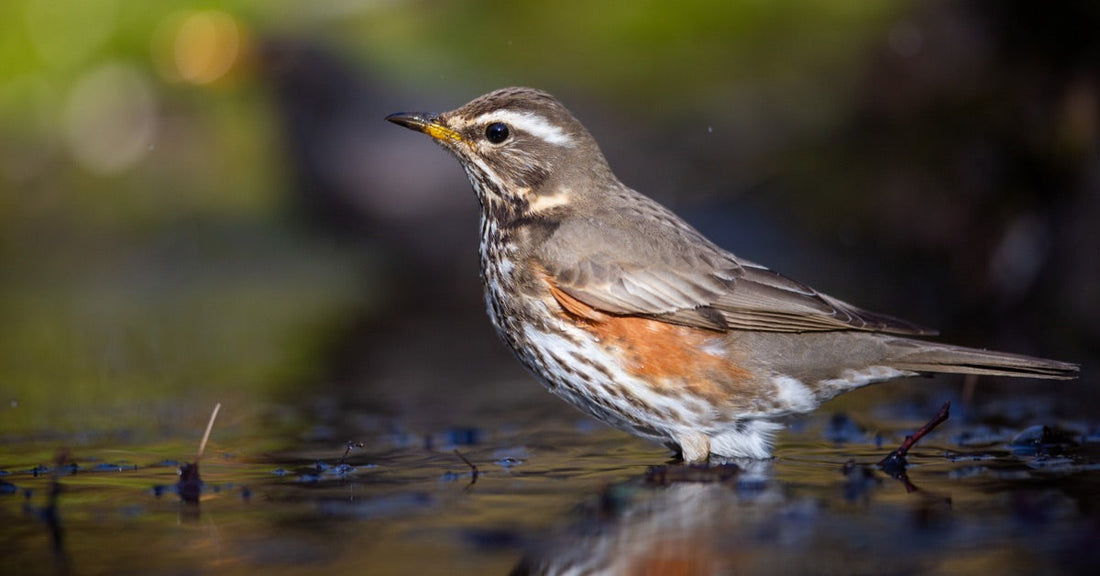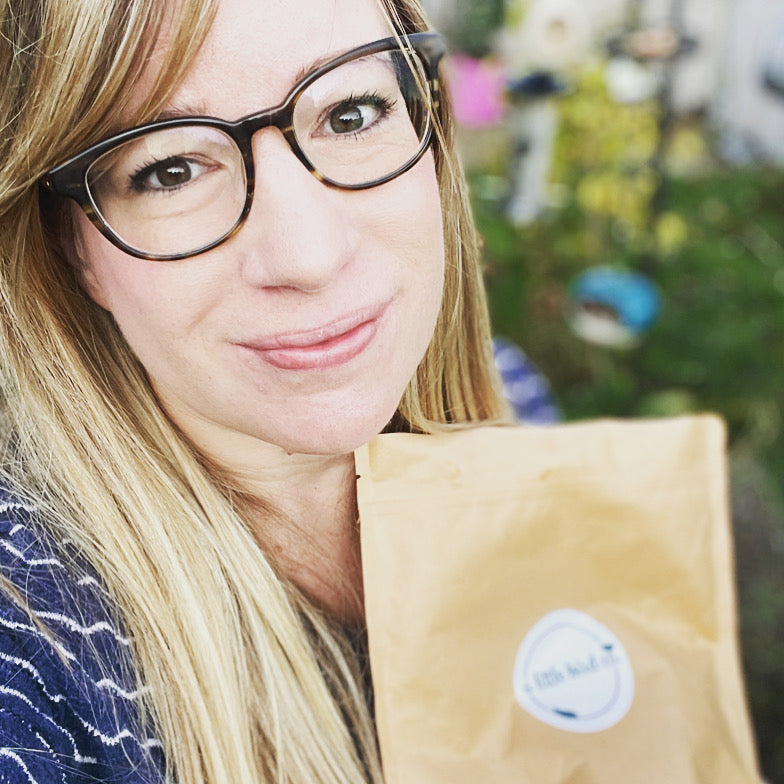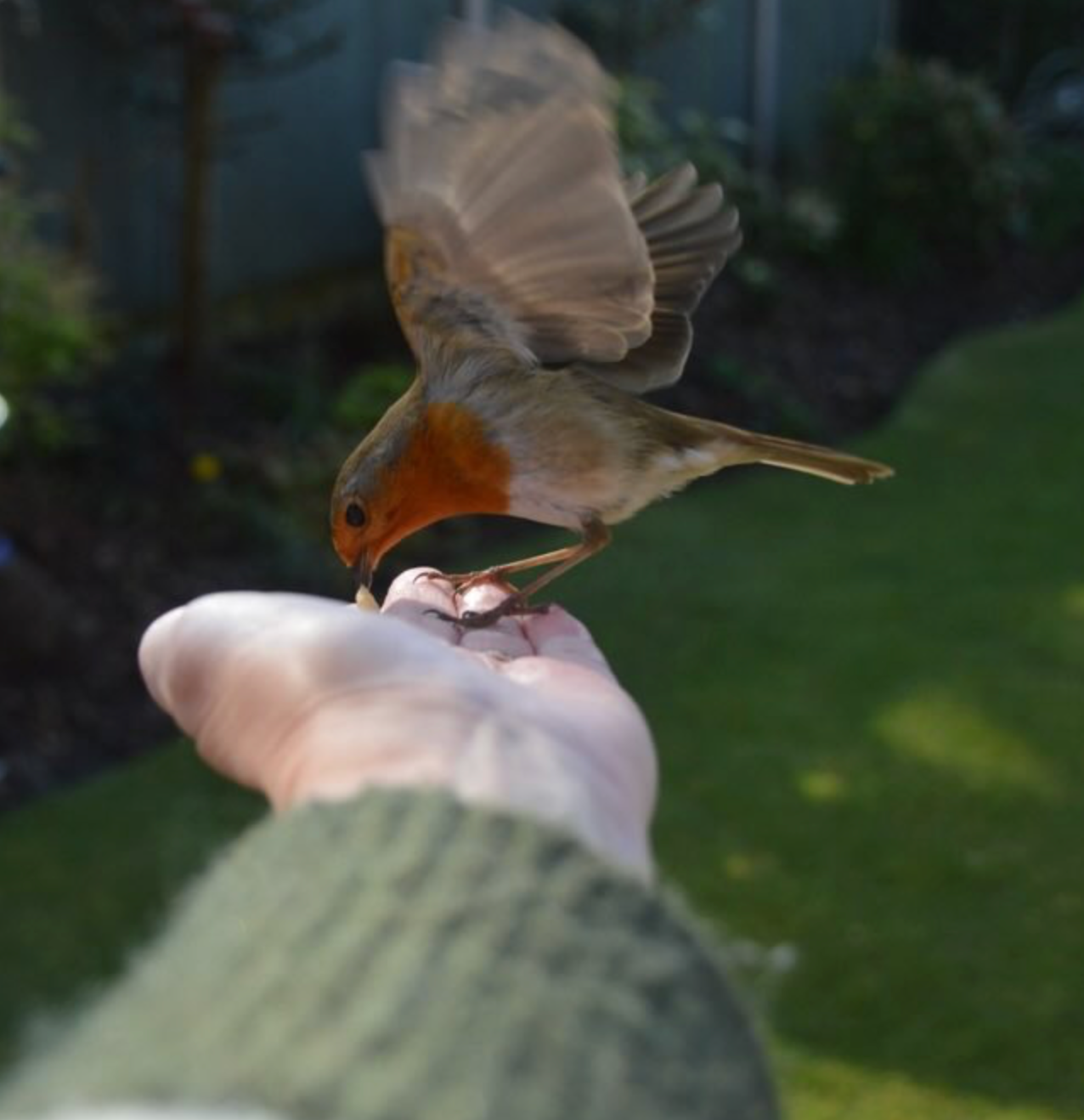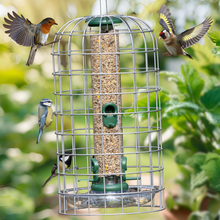A Garden Birdwatcher’s Guide to the Redwing

One of our beautiful winter visitors, around one million redwings arrive on our shores in October and November, when the rowan berries in their native Scandinavia have gone over. They are members of the thrush family and look a little like small song thrushes, although they have a distinctive white flash over the eye, rich red flanks under the wing, and more pronounced speckling on the belly. These striking birds migrate over five hundred miles, usually setting off on clear nights and communicating with one another mid-flight using a thin, high-pitched “tsee” call as they soar gracefully through the darkness. You’ll often hear them before you see them. Social among other birds, redwings frequently flock with fieldfares in huge winter groups, sweeping across fields and trees in a flurry of wings. But despite their numbers, they remain incredibly wary of humans – you wouldn’t know that we have so many visiting the UK because they’re so good at keeping out of sight.
Redwings tend to spend most of their time foraging for berries, windfall apples and insects in woodland edges, orchards, hedgerows and open countryside. In particularly cold weather, you may be lucky enough to spot one in your garden – especially if you live in a more rural spot – and they’ll sometimes visit bird feeders for mealworms, raisins, and fresh water. A wet British summer or a harsh winter can really affect their population, and they are now on the red list for conservation in the UK. While most redwings return to Scandinavia in March and April, around twenty pairs now breed in the Scottish Highlands. They nest close to the ground, building a tidy, cup-shaped structure from grass, moss, twigs and lichen, tucked into thick vegetation. The female lays between four and six pale blue, speckled eggs in each brood and incubates them for around two weeks, with the male feeding her and later helping to feed the chicks once they hatch. Fledglings leave the nest at about fourteen days old, but they’ll stay nearby for another fortnight while they build up strength – giving their parents enough time to raise a second brood if the season allows.
Redwings are true nomads, rarely returning to the same wintering grounds year after year. Some birds seen here in previous winters have later been recorded in Spain, Georgia, Turkey and even Iran, which shows just how wide-ranging and unpredictable their movements can be. Their collective noun is a mutation of redwings – a slightly odd term for such elegant birds – and they have also been nicknamed the snow bird, storm bird and the Norway nightingale over the years. The redwing is thought to symbolise Advent, and if you’d like to support them, planting berry-rich trees and hedging such as rowan, hawthorn, or holly is one of the best things you can do.
Ready to deepen your connection with the birds in your garden? Discover more about your feathered friends and how to attract them to your space with Amidst the Birdsong: A Garden Birdwatcher's Journal. This beautifully crafted journal is the perfect companion for anyone looking to observe and learn about the birds visiting their garden. Start your birdwatching journey today – click here to learn more.

















